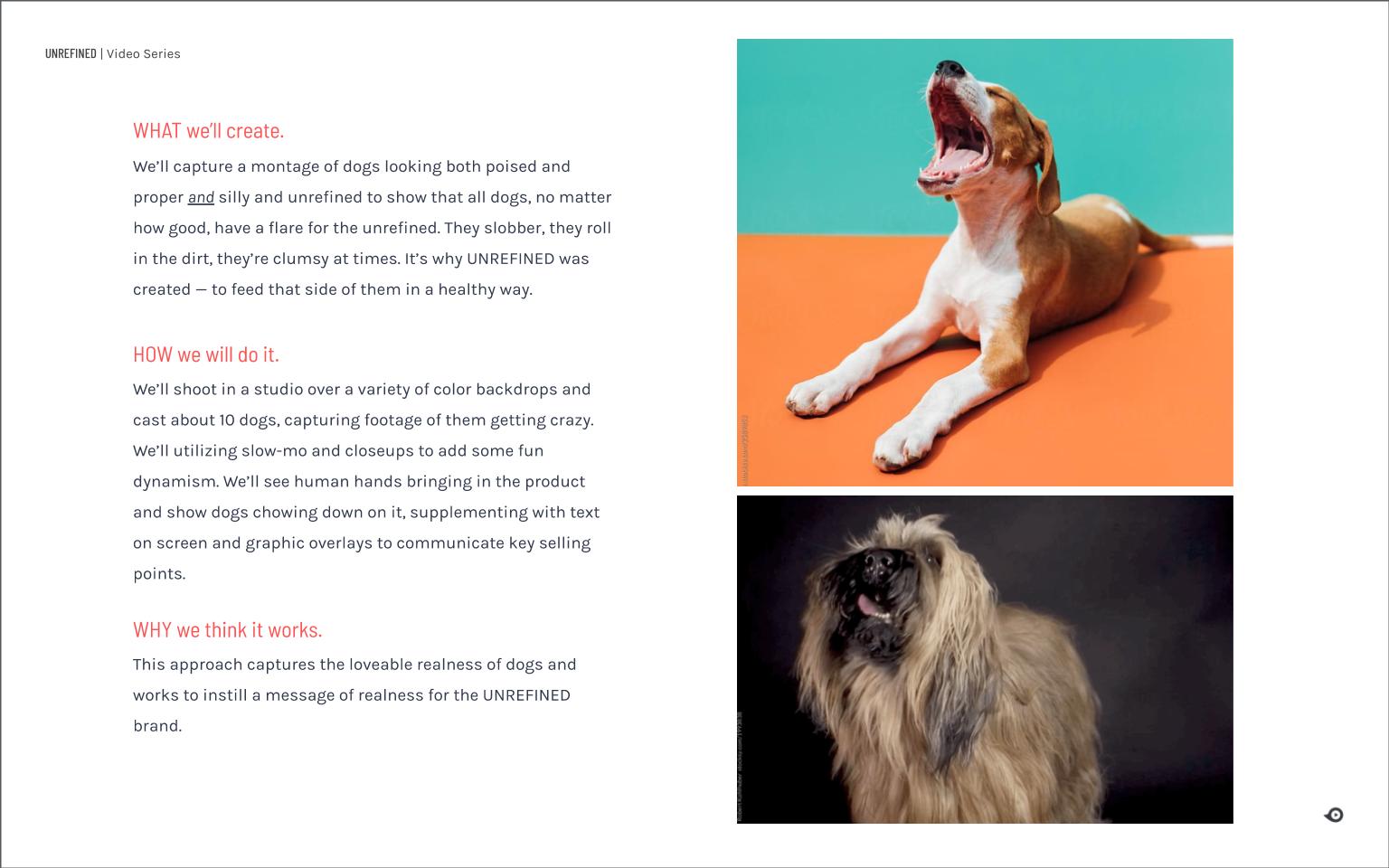At Demo Duck, few things are more exciting than hitting play on a bright and shiny new video. But getting to that point is no small feat. After years of creating custom commercial videos for our clients, our production process has become a finely tuned (but very flexible) creative machine.
In this post, we’ll take you behind the curtain to explain our discovery process—from the kick-off call to the start of scripting. Plus, we’ll throw in some insight into why we do it this way and why we think it works—not just for us Ducks but our partners too.
THE KICK-OFF
Every project begins with a project brief. We ask new clients to write out answers to a few pointed questions to help us get the ball rolling—what’s the quick elevator pitch?” or “what are some common objections from your audience?” While our brief template was initially created for explainer video production, we tweak and tailor it for the specific type of video we’re tackling with each project. We get the info we need to start concepting and our client partners get some clarity on what info matters most, beyond typical talking points.
Once that’s done, the Ducks do a deep dive on the brief and then our producers set up a kick-off call. That call is our chance to get to know our newest client, re-introduce ourselves to returning clients, and answer any lingering questions. Our goal is to leave that meeting knowing the ins and outs of their business, their goals for the video and the best way to help achieve them. sd
Hopping on a conference call and getting to know each other is also a vital part of the process. As you know, businesses are run by people. We think it’s a lot easier to make amazing work when you know the people you’re working with.
THE BRAINSTORM
We get it. “Brainstorming” is a bit of a cliched, business buzzword these days but we can’t deny it produces some amazing results. Plus a few tangents and fits of laughter. In fact, we hold the brainstorm in such high regard that we named a whole a room after it.

Before we ever sit down to hash it out, everyone is asked to bring a few thought-out ideas to the table. After we’ve shared, we allow ourselves one hour of discussion. It may seem short but we’ve found it helps maintain focus—along with the guidance of our creative lead. In the world of video, the core idea should be clear and easy to understand. We don’t need to solve the problem in the room, but we need to be sure we’re on a path we’re all excited about. Once we collectively agree on our top three, we get to work on the pitch deck.
If you’d like to know more about our brainstorming process, check out this blog from our Associate Creative Director, Kelsie.
THE PITCH
Following the brainstorm, it’s time to craft the pitch. Most pitches we create at Demo Duck include three unique ways to bring our client’s message to life through video. The deck-building process determines what we want to make and how we’ll go about making it. And for our clients, it’s their chance to see how our video ideas will connect back to their business and, ultimately, solve their problem.
To start, every concept gets a title and brief introduction in order to set the stage for the idea. Not to mention, the ability to express our concept in one sentence is a great gut check on the strength of the idea.
After the intro, we dive into the What, the How and the Why, presenting our thoughts as answers to our client’s most essential questions. We’ve discovered this simplified format is ideal for communicating the value of the direction, tone and visual style we’ve set out. The client needs to understand, as much as we do, the ways and reasons an idea will work.

Now sometimes, what may seem like the best idea on paper just doesn’t hold up. Before anything gets presented, we hold an internal review and perform our final stress test. We run the concepts through a final “gauntlet” of increased scrutiny from the extended team, the production budget, and the client’s goals. Creative business decisions like these are both rational and emotional. Our pitches need to appeal to both sides for every concept. If everything is good to go, we hop on another conference call to share our vision.
THE REASONS
So, why do it this way?
At Demo Duck, we work efficiently. The process I’ve just laid out happens over the course of a few days, not weeks. Working efficiently means avoiding the pitfalls of second-guessing and our favorite concepts are given our full attention. So, when an idea just isn’t coming together in time we know it’s likely overcomplicated or under baked.
Striving for efficiency and simplicity also means every idea gets equal attention from start to finish. On the brainstorm board, every idea is as worthy as the next until we start to hone in on our favorites. In the pitch, everything is presented equally with no favor given to one idea over the others. With everything presented in the same way, it’s so much easier for the client to find the things they love (or don’t) about a particular concept.
It also helps that we only offer our clients the foundation of a concept so they can turn around and build on it in helpful ways. We’re not experts when it comes to their business (at least, not yet). Our process gives the real experts space to push ideas further or pull them back to best suit their brand—whether it's a branded video production or an explainer.
Efficient. Simple. Collaborative. From the brief to the beginning of video scripting, that’s how Demo Duck does discovery. Drop us a line about your potential video project and experience it for yourself.
